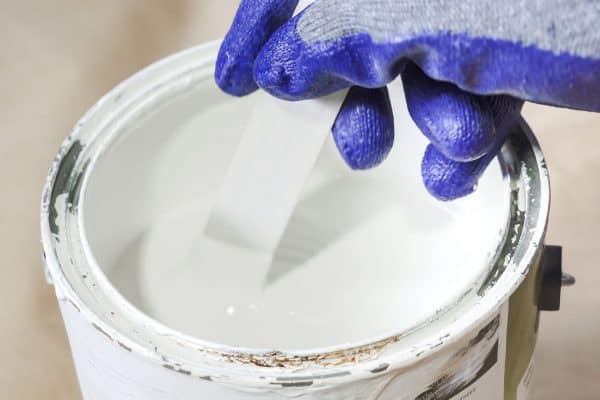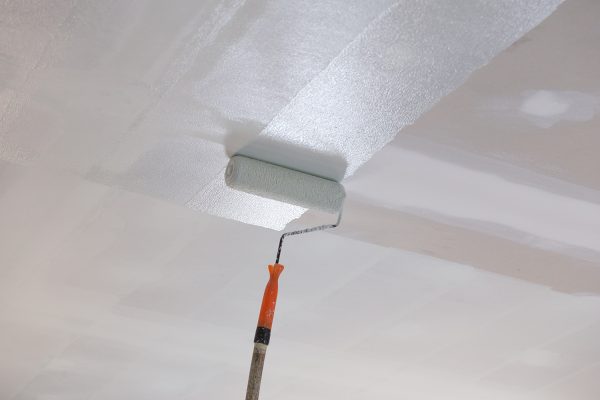A DIY painting project can get messy and costly fast, especially if you don’t know which type of primer and paint to use together. Whether you’re painting over wood, plastic, metal, or other materials, understanding which undercoat to apply and which paint to finish with can impact the overall look and quality. That's why we've researched whether you can use water-based paint over oil-based primers -to start your painting project off right!
It is not recommended to apply differing paint bases over one another; however, it is possible. Water-based paints do not adhere well to oil-based paints. As a result, your painted surface risks cracking, peeling, and separation prior to drying.
Are your DIY senses starting to tingle? Before you head on over to your nearest hardware or paint store, let’s have a look at when and why water and oil both cannot and can also work together, at least when it comes to priming and finishing with paint.
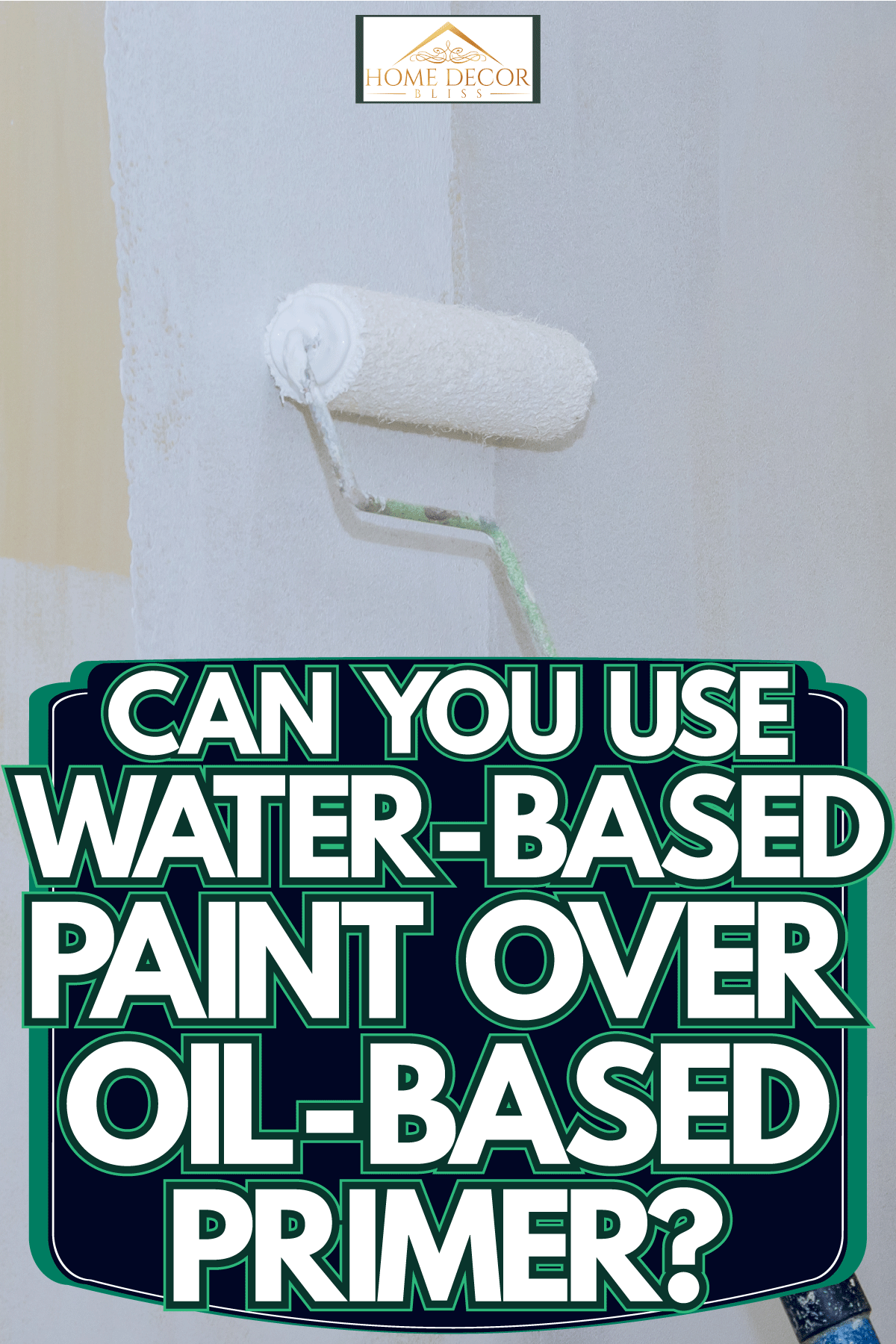
What is the difference between oil-based and water-based primer?
Primers are used as the first layer of coating to apply over material surfaces so that paint will adhere or bind better to the area being painted over, leading to an overall cleaner result. They are important foundations for painting over porous materials, hiding unnecessary blemishes and stains, and blocking out undesirable material colors.
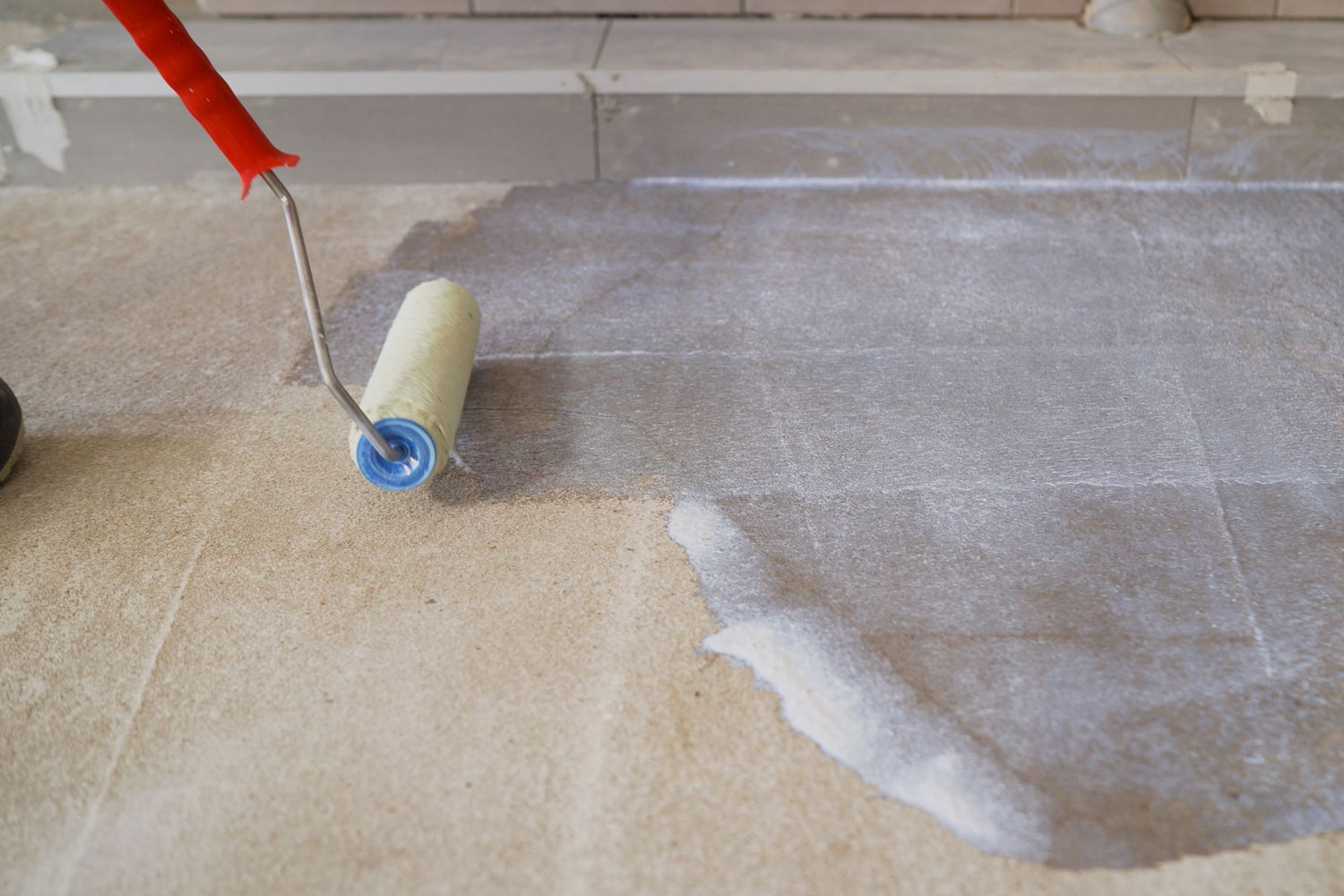
We may include affiliate links and curated AI content to highlight top design styles.
Additionally, using paint primer will let you keep the painting process affordable and more efficient, as you’ll be using fewer layers of paint (which is often more expensive than primer) in the finished product.
For further reading, check out: "How Much Does A Pint of Paint Cover?"
Water-based and oil-based primers are common types to choose from. Let’s look at how they differ.
Water-based Primer
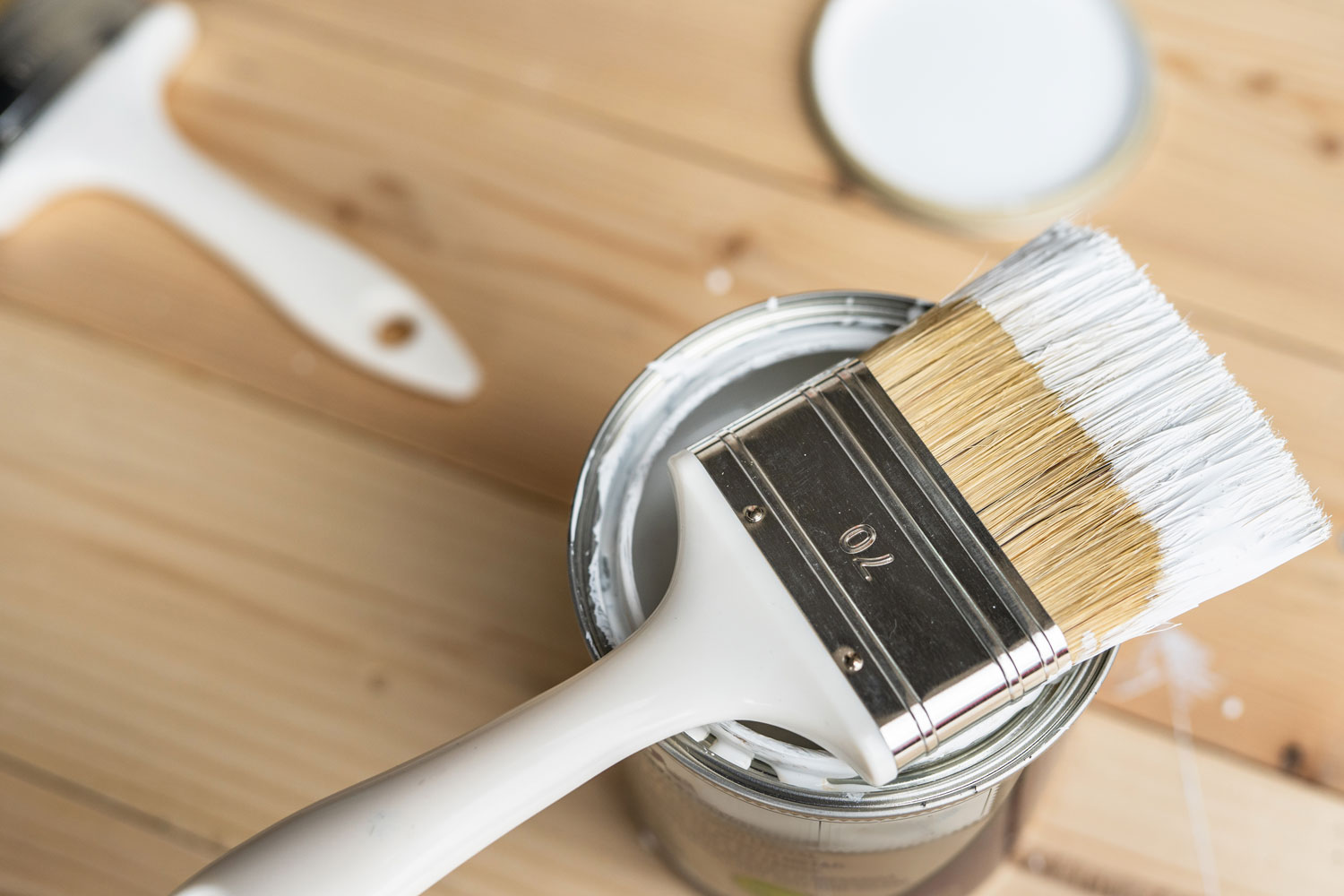
Widely known as latex primers, these primers are mainly composed of water and are often chosen due to the ease of cleaning (you can wash it away with water). They are relatively safe for the environment. Also, latex primers dry faster compared to their oil-based counterparts.
What’s more, latex primers release fewer Volatile Organic Compounds (VOCs)—which are connected to the strong odors and pollutants present in the paint. These attributes make them perfect for indoor projects ranging from walls, furniture, and even small objects like toys and figurines.
Water-based primers are generally used as the undercoat for latex or acrylic paint. Recently, painting practices have seen a shift in the use of latex primers over oil-based ones due to the benefits they offer.
Oil-based Primer
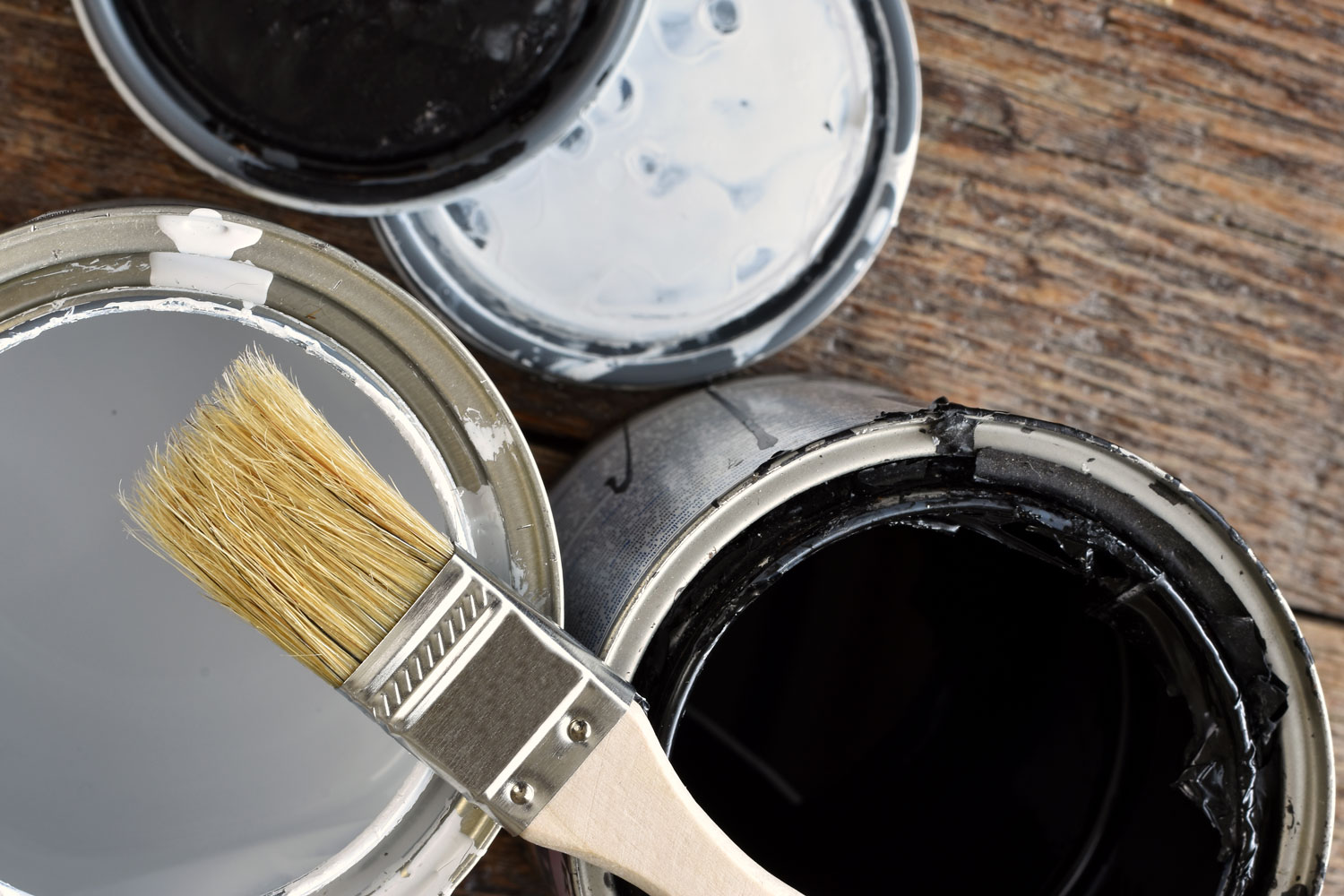
Aptly named because of their mineral oil composition, oil-based primers get a bad reputation mainly due to the strong, unpleasant smell they release from the VOCs present in the formulation.
These are notorious for the relatively long time it takes to dry and have additional paint layers applied, as well as the relative difficulty it takes to clean them. The chemical makeup in oil-based primers means that you would need mineral oils to clean them as well.
Despite these issues, oil-based primers are a decent choice for covering existing stains and odors on the painted surface. In particular, oil-based primer works well on wood; it tends to produce a smoother finish, a better seal for latex coating and are more durable when it comes to withstanding the elements.
For surfaces located or needing to dry outdoors, oil-based primers can be considered as sufficient ventilation helps counteract the VOC concentrations that result in their use.
Can you apply water-based paint over oil-based paint?
It is not recommended to directly apply different paint bases over each other.
When it comes to painting over an existing job, mixing different types of paint directly on top of each other will often result in a very messy finish. By natural laws, water and oil don’t bind, and this rule comes into play when something coated with an oil-based product is re-painted with latex.
Water-based paint will not mix with oil, so the paint will inevitably be ruined. Most likely, the paint will crack, peel, pull away, or separate as it dries.
If a new water-based topcoat is needed over an existing oil-based paint job, the most logical thing to do would be to strip, sand, and clean out the old paint. Once the necessary preparation has been done, you might consider using an oil-based primer to cover the designated area.
Do you have to prime over oil-based paint?

Although similar in terms of chemical components, primers and paints differ in the amount of resin and pigments present in both products. The large concentration present in primers aid in creating a smoother, paint-ready surface that will allow another layer of coating to easily adhere to the material being covered.
This also includes paint, so there is indeed a need to cover the oil-based paint with a similarly based primer; a latex primer will peel off the surface when dried. A bit of sanding to remove the glossy part of the paint will help make the application smoother.
An oil-based bonding primer works best if you intend on applying a fresh coat of water-based paint. This allows your latex to bind better, so you would have a cleaner end product once the paint dries.
How long after applying oil-based primer can you paint?
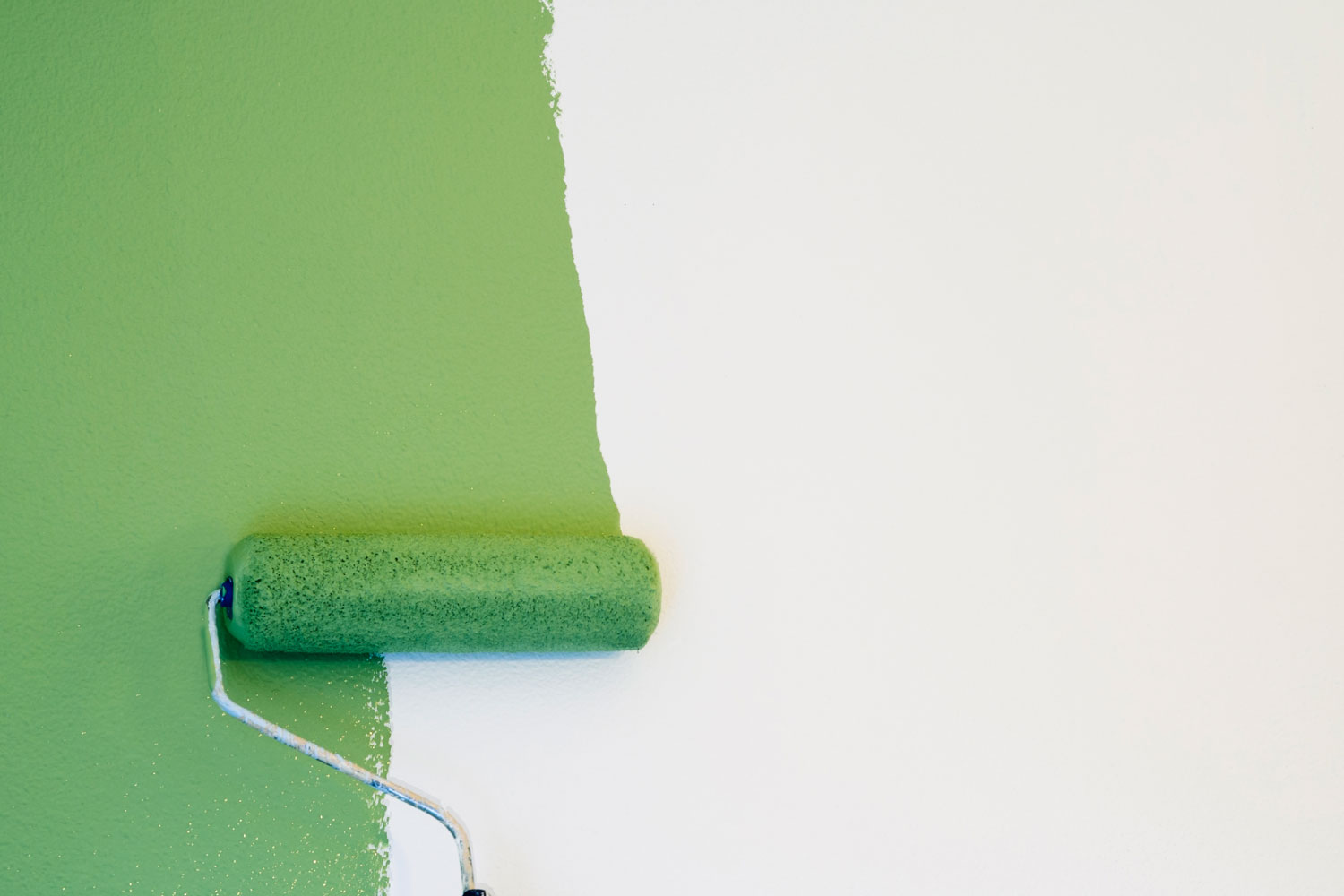
While latex primers are generally dry in an hour, oil-based primers take a full day to completely dry for painting due to the density of the composition. Constraints that impact overall drying time include humidity and temperature, as well as how thin or thick the application is.
Warm locations allow primers to dry quicker; an increase in temperature reduces humidity and allows the material to absorb more liquid, thereby increasing the rate at which the primer will dry.
These are important considerations when letting the paint dry indoors; remember that oil-based primers release lots of VOCs, so make sure that the room is well ventilated and has a constant supply of clean air.
How to apply water-based paint on an oil-based primer?
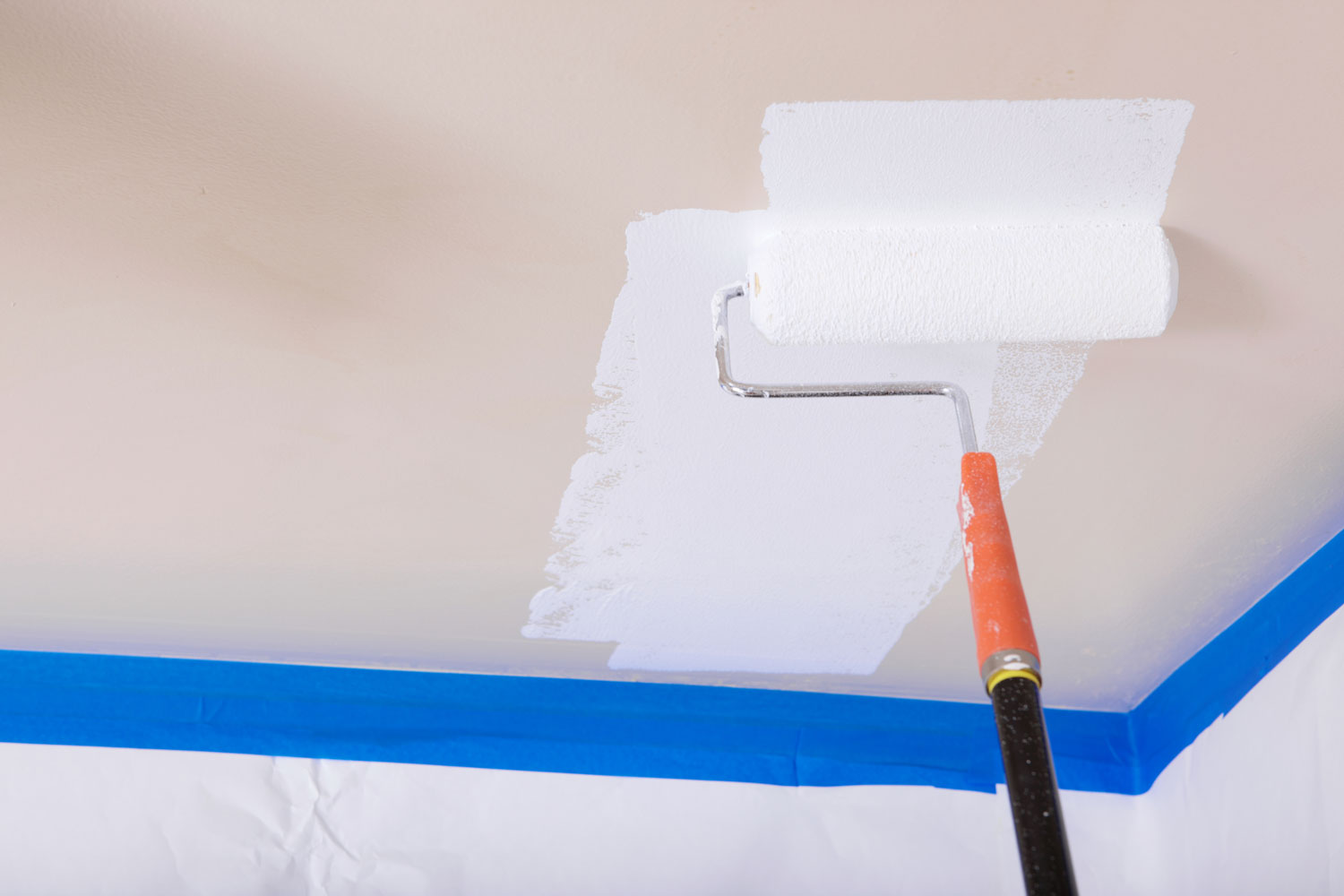
Now that we have information on the different paint and primer bases, let us cover how to apply latex paint over oil-based primer:
- Remove existing paint (if any): check whether the existing paint is water-based or oil-based. Water-based paint can be removed with water-based solvents like denatured alcohol; if it doesn't come off, use mineral oils to remove the paint. Use a paint scraper if necessary.
- Sand the area: Use sandpaper to remove dirt and smoothen out the surface; if the above step was done prior, the glossy surface of the existing paint must be removed.
- Apply oil-based primer: clean up excess dust from sanding, then apply a coat of bonding primer. Wait for the primer to dry (depends on the material and area being covered, but it should not take more than a day).
- Apply latex paint: apply one or two coats of paint over the dried primer and let the paint dry.
For further reading, check out: "Does Primer Need To Be Even?"
Let’s start painting!
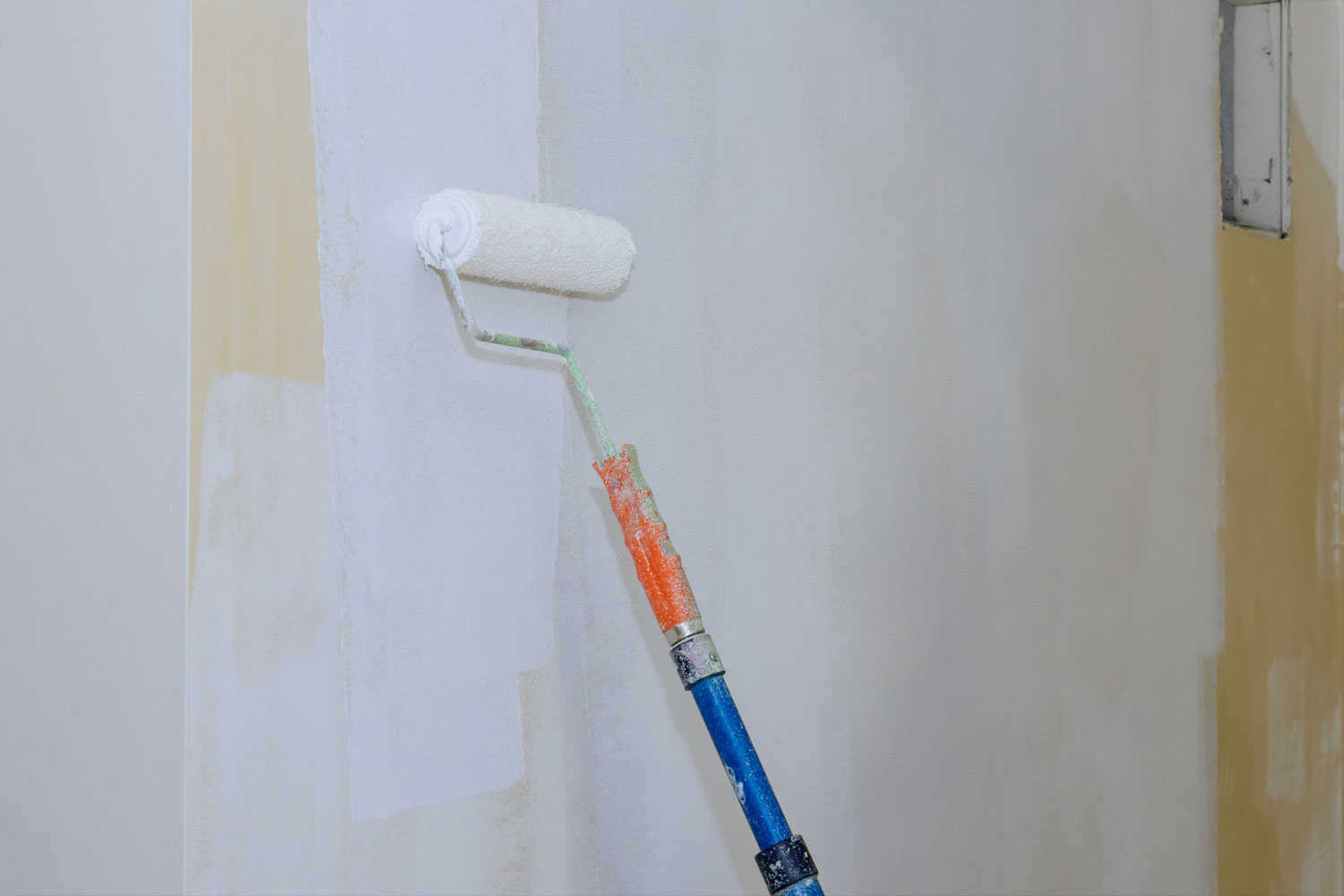
With these careful considerations and the right preparation, you’ll be able to get great results with the latex on oil primer combination. Expect a durable and glossy paint job that will last for a long time.

